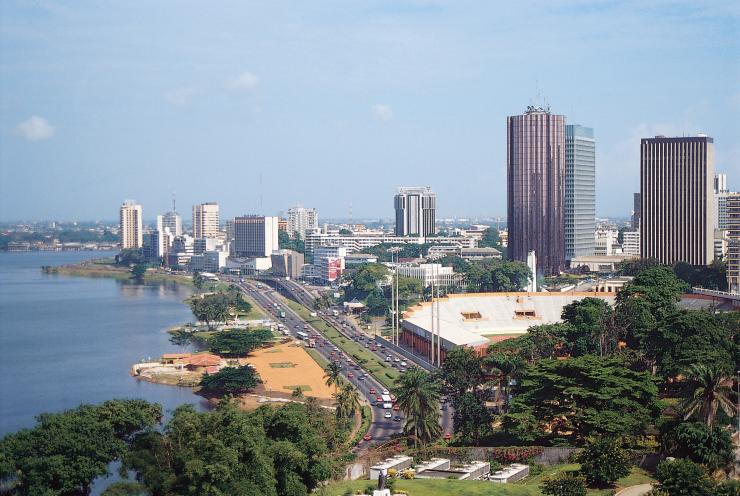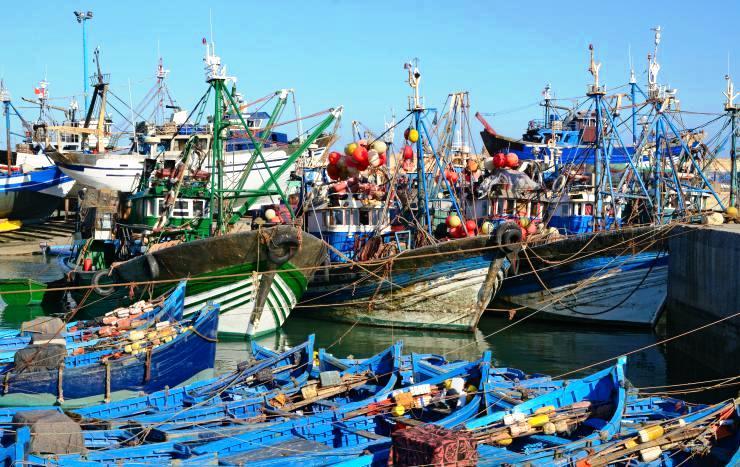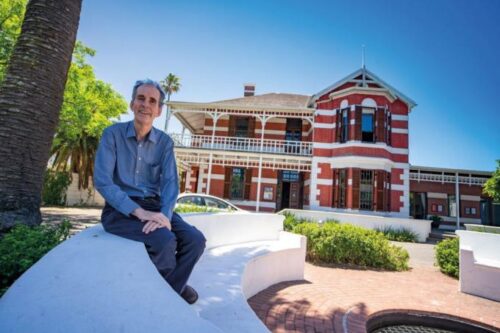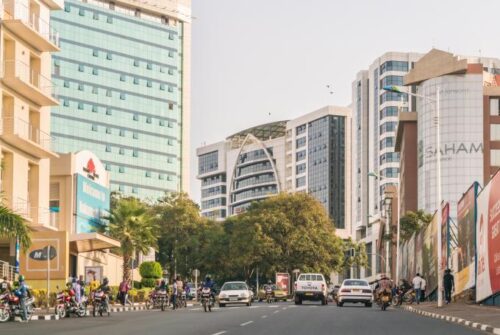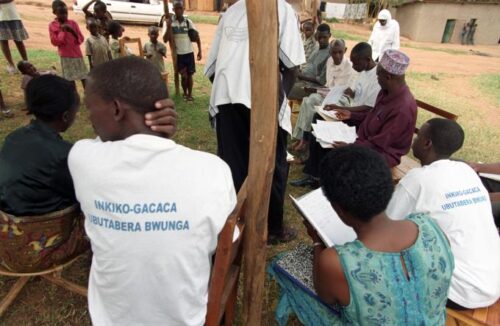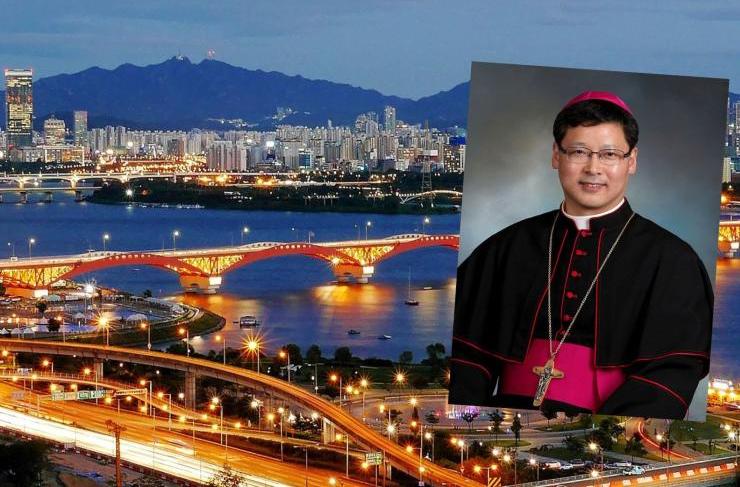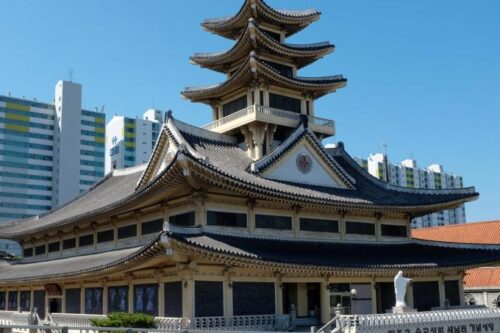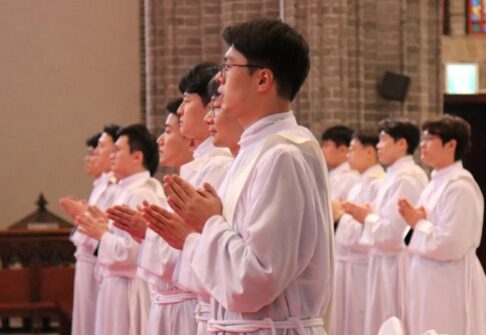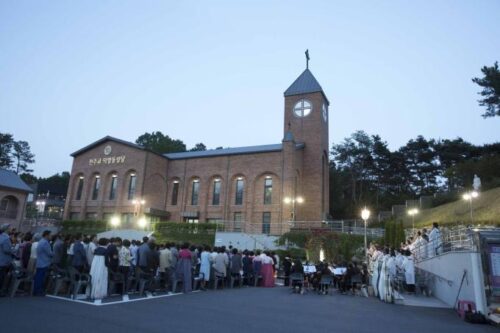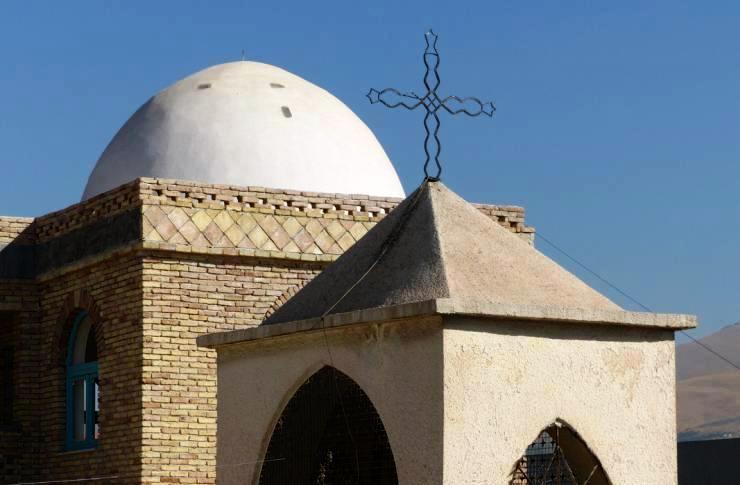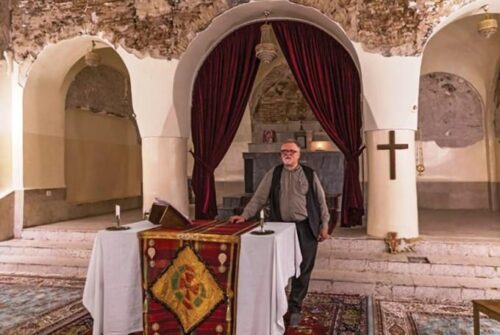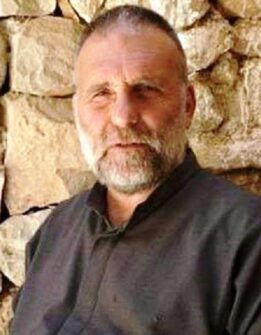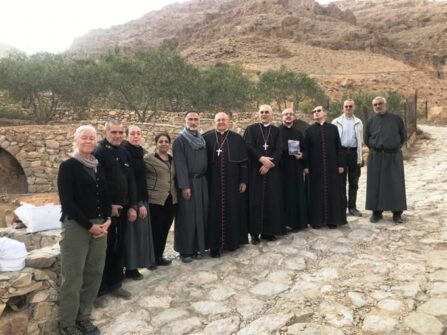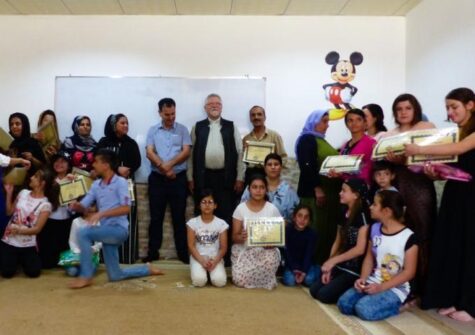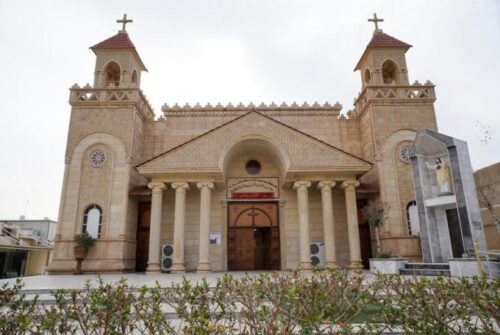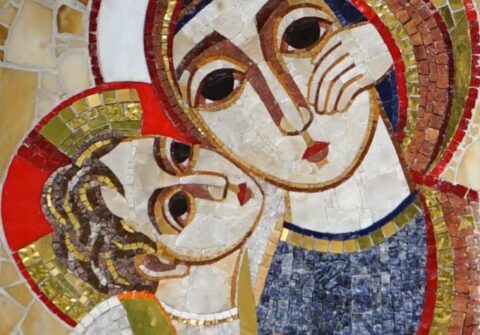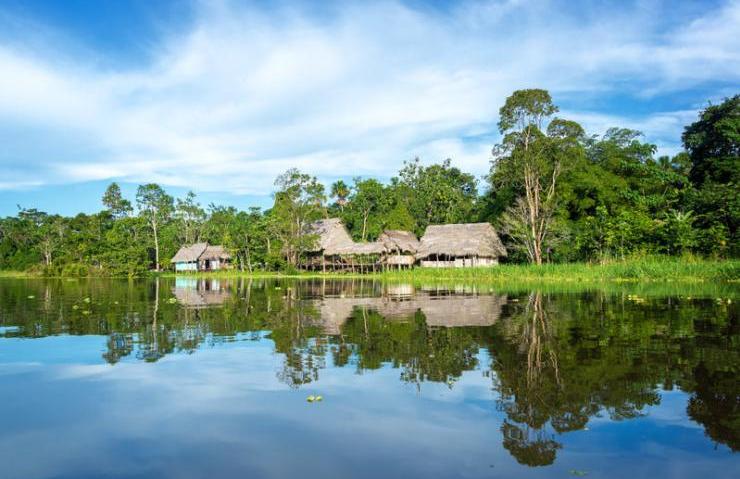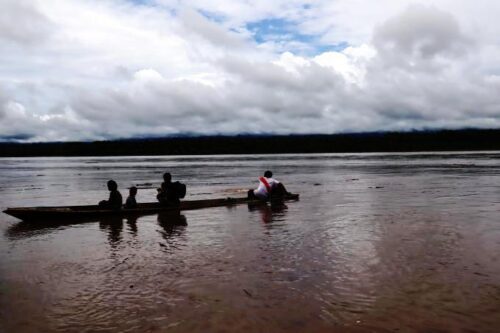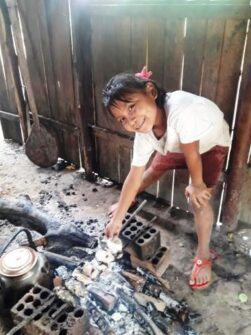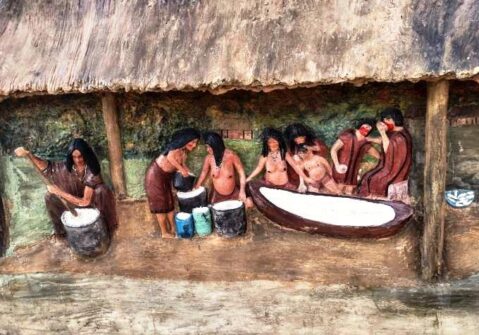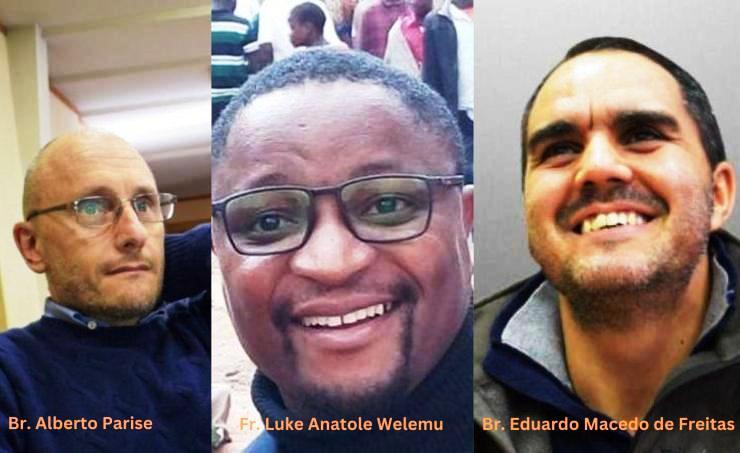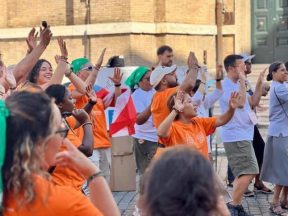Three young Comboni missionaries share their vocation
and pastoral journeys
My name is Alberto Parise, a Comboni Brother from Italy. I first came to Africa as a student of architecture. I had the chance to visit some missions in Tanzania and it was a life changer. The hospitality of the Christian communities, and the humanity they shared, opened a much broader horizon in my life.
I kept cultivating my relationship with the missions and the people of those communities. My interest in different peoples and cultures, social justice and transformative encounters grew.
As I deepened my faith journey in the light of the Word of God, I developed a more critical awareness of the unjust socio-economic structures in society. I also tried to respond to such situations through service to the impoverished and excluded ones.
As I approached the end of my university studies, I had many opportunities and choices at my disposal. I was already off to a good professional start in my father’s architectural firm. Besides, I had an opportunity to pursue an academic career. But I felt that my deepest joy was elsewhere: it was in that encounter with the Risen Christ mediated by the experience of lived fraternity with peoples of different cultures and latitudes. Consequently, after my graduation, through a process of discernment, I joined the Comboni Missionaries.
After four years of formation in Italy, I became a Comboni missionary brother. I made my first religious profession on 24th May 1997. I was sent to Kenya to study social ministry at Tangaza University College lasting from 1997 to 2000.
As Brothers, we are consecrated missionaries who contribute to mission through a professional service and the care of humanity. The ministry of Brothers has a particular focus on fraternity in all its many aspects, including the integral development of the human person, justice and peace, integral ecology and the promotion of human and peoples’ rights.
In 2000, after completing my studies at Tangaza, I was assigned to work in Kenya. My first mission was at Kariobangi Parish in Nairobi. Thereafter, I was appointed to be director of the then Institute of Social Ministry at Tangaza University College in Nairobi from 2004 to 2015. During this same period 2005-2010, I was also involved in the training of Comboni brothers at the Comboni Brother Centre in Nairobi.
In 2016, I was assigned to Padua, Italy where I worked with young people as a vocations promoter. Since 2019 I have been working at the headquarters of the Comboni missionaries in Rome. My superiors asked me to coordinate the office of Justice, Peace and the Integrity
of Creation in our Institute.
With hindsight, I can say that all I know today I learned in Kenya, in my encounter with the people, their sense of faith, their sense of humanity, and their culture of Utu. That has been a transformative encounter for me, and I feel privileged and blessed for the opportunity to journey along with such people and communities. We shared various struggles for social transformation, linking our faith to social responsibility and responding to the cry of the poor and the cry of the Earth.
I am amazed that I have already lived 25 years of missionary life because I still feel like a beginner. When I look back, I cannot help but feel a profound wonder at what the Risen One has done in my life: the encounters with humanity and experiencing personally that regeneration of Africa with Africa that our founder Daniel Comboni
had prophetically envisaged.
Father Luke Anatole Welemu, “Come and see”
I come from Dedza district in the Central Region of Malawi. Thanks to my parents, at a young age, I assimilated the Gospel values.
My first dream was to study Agriculture. One day, an expert came to our secondary school to give careers talk. He motivated and convinced us that he was making a lot of money through farming.
He made me see sense in agriculture. My second dream was to study Mass Media and Communications.
My third dream which materialised was to become a priest. Initially, I kept the idea of becoming a priest to myself. I was afraid that people would not take me seriously. But gradually, I started sharing my dream openly with my relatives and parents.
I started nurturing this call slowly. However, it was not clear to me yet whether I was to become a diocesan or a missionary priest. Clarity came when I found a promotional leaflet of the Comboni Missionaries. It described the works of Comboni Missionaries and the life of St. Daniel Comboni. The motto on the leaflet was, “Save Africa with Africa”. The motto captured me. I wanted to know more about this congregation.
I wrote an application letter to the Vocations Director. Almost immediately, he replied positively. Accordingly, between 2008 and 2009, I attended a series of “Come and See” meetings. Thereafter, in October 2009, I was admitted to the Postulancy of Balaka where I did my Philosophical and Religious studies ending in June 2012. After Balaka, I was sent to Namugongo for Novitiate training in Uganda. There, for two years, I deepened my understanding of the Comboni Institute and assimilated further the Kingdom values. At the end of it on 1st May 2014, I took the vows of Obedience, Poverty and Chastity.
Thereafter, I was sent to Naples, Italy, to study Theology for four years. In 2018, upon completion, I returned to Malawi for my missionary service, a service required in our institute before one is ordained a deacon. The following year, I was ordained a deacon. The climax of my vocation journey was the priesthood ordination on 27th June 2020 at St. Kizito Minor Seminary in Dedza Diocese.
Close to 150 people attended my priesthood ordination. It was during the Covid-19 period. Gatherings were restricted. Nonetheless, I was elated. All I wanted was for a bishop to ordain me and make me a priest. That is what I am today.
Currently, I am serving as an assistant priest at Lirangwe Parish in the Archdiocese of Blantyre, Malawi. I am also pursuing a bachelor’s degree in Education at the Catholic University of Malawi.
Bro José Eduardo. The Spirit of closeness.
My name is Eduardo Macedo de Freitas a Comboni Brother. I was born in Santo Estêvão de Briteiros, a village in the municipality of Guimarães, in Portugal.
I took my first religious vows in 2004 and then studied nursing in Lisbon. The course offered me not only theoretical and practical training but also a vision of closeness and openness to people, especially the most vulnerable. This ‘spirit of closeness’ allowed me to grow in my identification as a Comboni Brother and a nurse.
For me, the mission is an encounter, a search for points of contact, a communion of emotions and experiences. We are men and women made up of a myriad of relationships that, when processed and integrated, make us more human and healthier.
I feel that my missionary vocation and my profession form a unity. The two dimensions make room for that ‘depth of encounter’ proper to the heart. When, in 2013, I was assigned to Uganda, in the Karamoja region, I soon realized what this ‘spirit of closeness’ meant to me, while I was organizing the pharmacy at Matany Hospital.
I realized how being close and available to others challenged me. There I discovered, in myself and in others, the need for freedom and contact with our deep humanity and our own history, what really moves us, and the wounds we carry within us.
The challenge that the “other” represented for me led me to seek accompaniment training to facilitate human and spiritual growth. During this training, I realized that growth through pain opens us up to deeper realities and, by accepting such pain, we are able to discover potential and energy “capable of moving mountains”. There is no resurrection without a cross, nor is there glory without pain.
Now I am in Kalongo Hospital where I have been for a month and a half among the Acholi in northern Uganda, a land of green expanses and beautiful mountains. I felt enriched on this trip, which was a grace and a gift from God.
Being a brother is the greatest wealth I can offer: a reality that goes beyond professional training, although the latter is an essential dimension to realize my vocation in holiness and ability.
In Kalongo, I am an ‘extra stone’ in the building. I am a brother in an immense family of brothers and sisters, where all contribute with their gifts to the establishment of the Kingdom of God. I try to listen to and follow the Master of Nazareth, knowing that I am called to “Carry my cross day after day” (cf. Lk 9:23). We are all aware of the difficulties we encounter in our lives (individualism, climate change, conflicts, wars…), but we all have the inner capacity to choose the wisdom that can come from facing and overcoming these challenges. When I can live consciously in the present, then I am a gift to others, and Jesus becomes present in us. It is not so much ‘what we do’ that transforms the lives of others, but ‘who we are’ – and ‘the way’ we live and express this true being of ours.
I do not forget that each of us is called to be ‘ Life in abundance ’ for others. This, after all, was the reason why Jesus came: “I came that they may have life and have it abundantly” (Jn 10:10).
